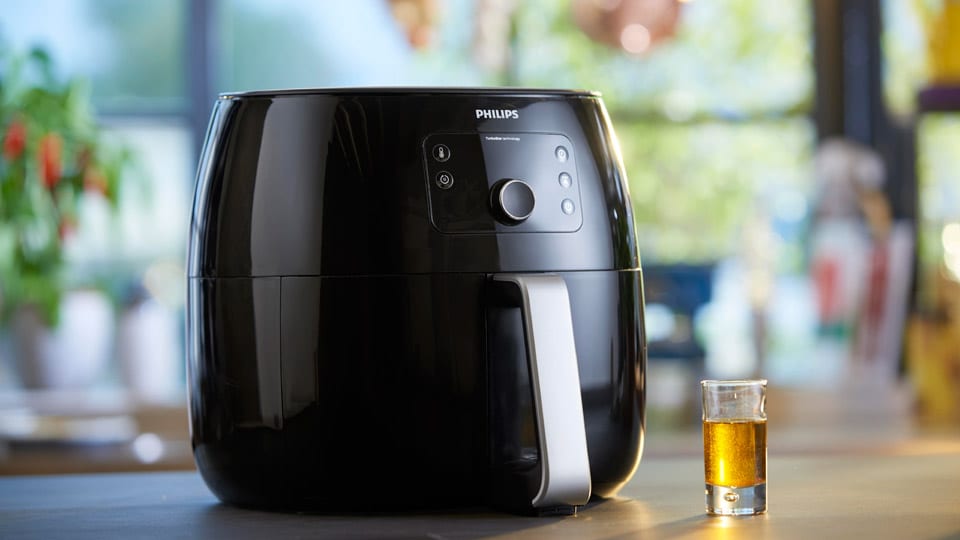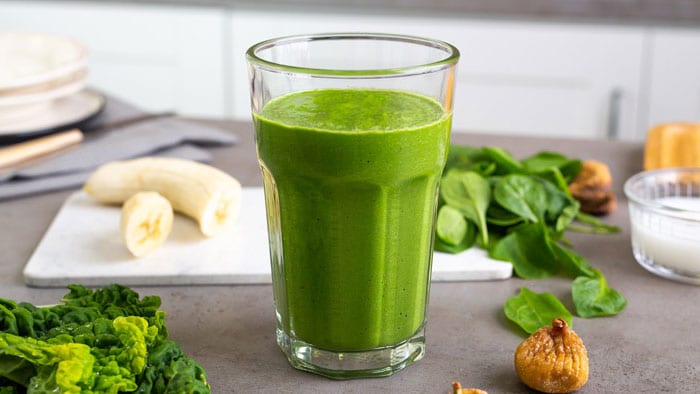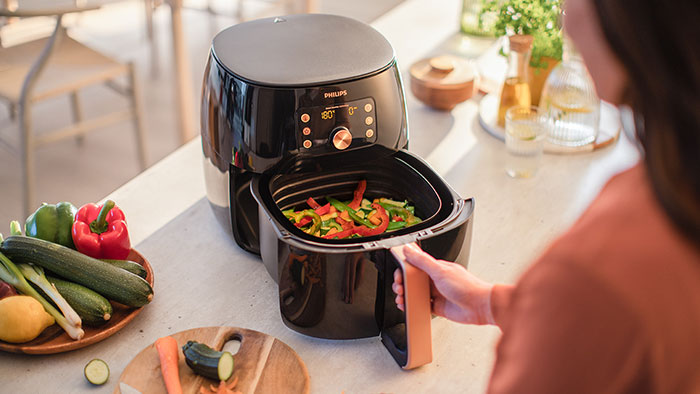Reading time: 5 Min
What is saturated fat and unsaturated fat? The ultimate guide to different types of fat
It’s common to hear people talking about different types of fat as good fat versus bad fat. It’s unsurprising then that you, along with many others, might think this means there’s one type of fat you should eat and one type you should avoid altogether. But is this actually true? And what are these claims all about?
We’ve created a simple guide to explain the difference between saturated fat and unsaturated fat and show you examples of saturated fat and unsaturated fat to present you with a few foods for each type. Read on to discover how to make sure that your diet contains the right balance of different types of fat.
What is the difference between saturated and unsaturated fat?
What is saturated fat? Definition and function When it comes to saturated fats, the daily recommended intake should amount to around 30g for men, 20g for women and less for children, according to the NHS.† Ultimately, however, it's best to aim to reduce your overall fat intake and swap saturated fats for unsaturated fats. Where possible, saturated fatty acids should be replaced with polyunsaturated fatty acids as this will help decrease your risk for certain diseases, as well as help to prevent a build-up bad cholesterol. What is unsaturated fat? Definition and function Unsaturated fatty acids are made up of double bonds and can have a healthy impact on the condition of the heart. Fat is an important part of a balanced, healthy diet as your body uses it as an energy source. Plus, it helps your body absorb fat soluble vitamins. So, is unsaturated fat bad? In general, no! For example:
To understand the difference between saturated and unsaturated fat, we have to go right down to a chemical level.
Your body needs healthy fats for energy and to function well. As you now know, saturated fats predominately have single bonds, and are mostly considered to be the unhealthier form of fat. So, is saturated fat bad? In high quantities, yes. But that’s not to say you can’t treat yourself to a fry-up or delicious dessert every now and again. It’s all about balance.

Saturated fat and unsaturated fat: Which foods contains them?
If you’re looking for examples of unsaturated fat and saturated fat containing foods, you’ve come to the right place Fun fact: Fast food and ready meals are high in saturated fat, as are cakes, crisps, and other similar snacks.
Saturated fatty acids
These mainly occur in foods of animal origin, for example:
What you need
-
Premium
Airfryer XXL - 6 portions
HD9650/99
- Digital touchscreen
- Rapid Air technology
- black, 1.4 kg
-
- Rapid Air technology
- 1.2 kg, 6.2 L capacity
- Black design
- Connected to our app
- Automatic shut-off
-
- Rapid Air technology
- 4.1 L capacity
- Essential compact Airfryer
- Dishwasher safe
- QuickClean feature
Unsaturated fatty acids
These can be either polyunsaturated or monounsaturated. Monounsaturated fats can be found in: Meanwhile, polyunsaturated fats – omega-3 and omega-6 – can be found in:
Top tips to include different types of fat in your diet in the right amount
Not all chips are unhealthy and full of fat, however. Have you ever heard of a hot air fryer? With a modern appliance, such as the Philips Viva Collection Airfryer, you can prepare delicious chips, snacks, and other dishes the healthy way. This way you can reduce unhealthy fat, but without having to compromise on taste.
To make sure that you reach your daily recommended fat intake – consisting mainly of unsaturated fats – you should bear these tips in mind:
Source(s):
† NHS
‡ Heart UK
* BHF









